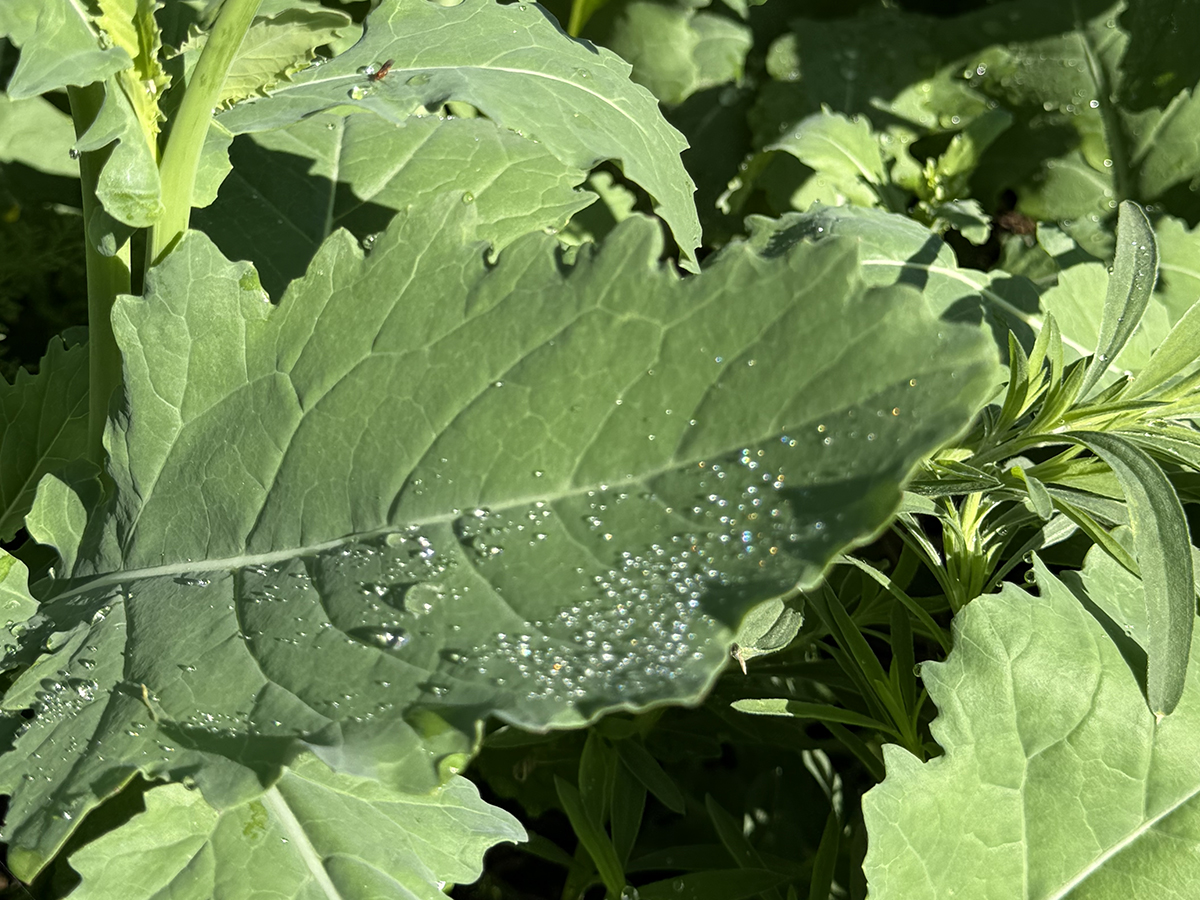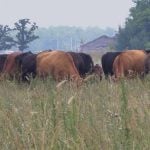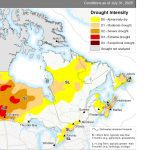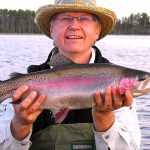MUENSTER, Sask. – There is no magic bullet that can control weeds.
Farmers looking for economical, sustainable, non-herbicide strategies for weed control heard some advice at a meeting in this central Saskatchewan town this month.
Rick Holm, with the agriculture department at the University of Saskatchewan, told farmers the focus of research is to find a management system that combines all aspects of weed control in a practical, cost effective and environmentally friendly way. Weed management needs several tools because weeds are adaptable to many conditions.
Read Also

Relative humidity linked to dew point
The dew point is the temperature that we would have to cool the air down to for condensation (or dew) to begin forming.
“Weed populations can shift in response to management practices,” Holm said. “There is no one magic bullet.”
Field and crop sanitation, tillage, soil characteristics and good management of practices like crop rotation are some of the suggested methods, he said.
Stewart Brandt, an agronomist at the Scott research station in western Saskatchewan, is heading up an alternative crop production study which started in 1994.
The study will take 18 years and identify the strengths and weaknesses of a variety of prairie crop production options using three levels of production inputs and three levels of cropping diversity on a 16-hectare site.
“The study will ensure information is generated not just to deal with the current problems, but to form a scientific basis to deal with issues in the future,” he said, adding it will be at least four years before reliable conclusions can be drawn.
Study of weeds
The on-farm component is looking at weed populations in 10 fields in Saskatchewan.
Julia Leeson, an agriculture graduate student at the U of S, helped conduct the study which compared weed communities in various farming systems.
She found in annual rotations, organic crops had a higher density of weeds and a greater variety of weed types, including lamb’s quarters, green foxtail, stinkweed and wild mustard.
Holm said in designing a crop rotation for weed control, the key is diversity. Farmers should have a variety of early-seeded, late-seeded and winter crops, plant small grains, broadleaf and legume plants and rotate competitive crops like alfalfa or barley with less competitive crops like flax or lentils.
















